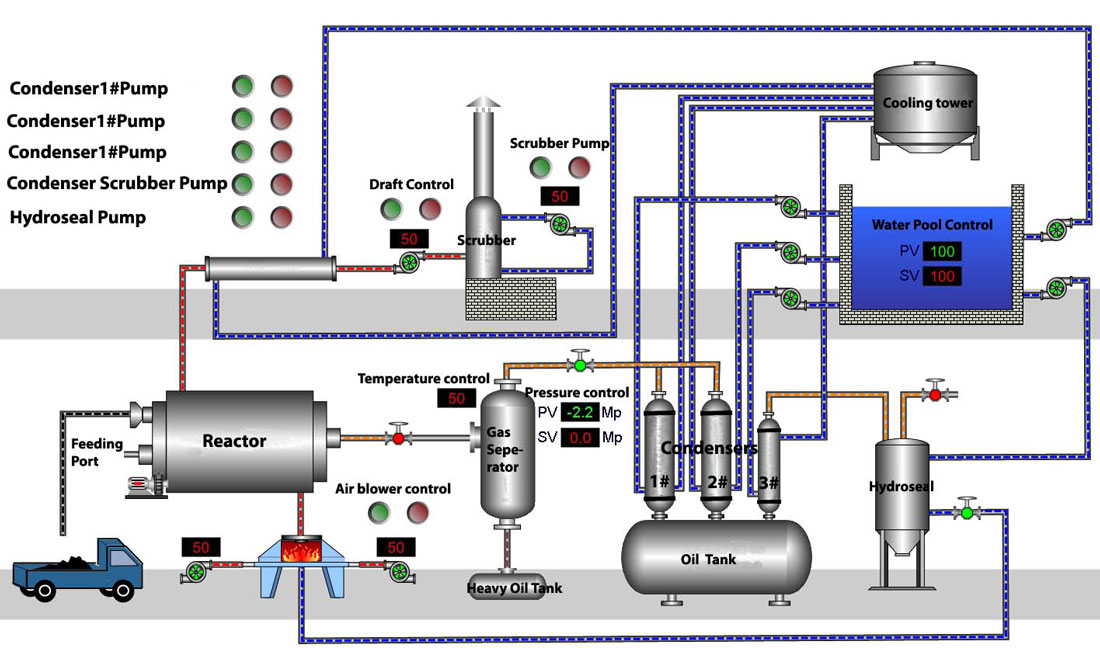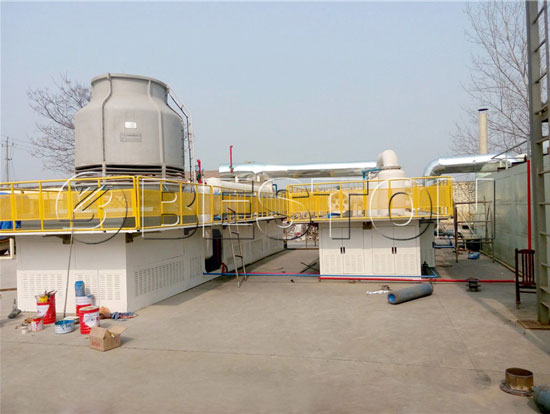Looking over our hi-tech society it is easy to see the massive capacity humans have to create the things they need to live comfortably and successfully. Unfortunately, our incredible capacity to create has only produced a rising tide of garbage we seem incapable of controlling. Find out the latest information: BESTONGROUP.ES.
According to the environmental experts, plastics are having a detrimental effect on our natural environment and spoiling eco-systems close to home and deep in the seas as well. Tires are being used and discarded in massive quantities as well and with over 300 million tires discarded each day, a solution is needed before these issues become environmental catastrophes.
Tires that are not disposed of properly can begin to leach their toxins and other chemicals into the earth and poison waterways and aquatic life. Tires also make a great home for vermin of all types to grow and populate and spread diseases like malaria, rabies and dengue far and wide.

Plastics, contrary to what we were led to believe, are not disposable at all. In a landfill or scattered across the countryside, plastic garbage will begin to breakdown into a smaller bits like confetti. These microplastics may be gone from sight but they are still a terrible poison. When these microplastics get washed to the sea, they enter the ecosystems and today a seafood lover can expect to consume large quantities of plastic bits in a years’ time.
Fortunately, there is a solution and like all the best solutions it works out beautifully for all sides involved.
Pyrolysis and why it is a Popular Solution to Tyre Pollution
Pyrolysis of tires (pirolisis de neumaticos) is a process that transforms materials chemically into other compounds. The chemical transformation is caused by a fire that is burned in a controlled environment that keeps oxygen out of the process. The term pyrolysis comes from two Latin words that mean “transformation through fire”.
A first-rate pyrolysis plant will take in old tires, plastic garbage and other products that contain caloric value and transform them into a valuable source of fuel.

How it Works: The Pyrolysis Process
Plastic waste and old rubber tires can be collected from the local community and brought to the pyrolysis plant for transformation. After being introduced into the pyrolysis plant (Planta de Pirólisis de Caucho), the high temperatures and lack of oxygen will cause the chemical reactions and the desired effect. As polymers are evaporated they create biogas which will be collected in a condensing chamber that creates the bio fuel that can even be used in diesel engines.
Furthermore, tires contain some other valuable content that can be repurposed for practical use. Tires are reinforced with steel to protect them from road debris. This steel is still in good conditions and an important materials for many industries. Carbon black is another byproduct of the pyrolysis of tires process and also has applications in a wide variety of industries.
In Conclusion
Plastic garbage and used tires may be an eco-disaster waiting to happen, but as always human ingenuity has prepared a worthy response to our own misdeeds. A plastic and tire pyrolysis plant is an important part of an environmentally sound future.